The Ultimate Bird Watcher Guide for Every Season
Updated: Mar. 22, 2022
Watching birds brings new excitement every day throughout the year. Get our bird watcher checklists for season by season.
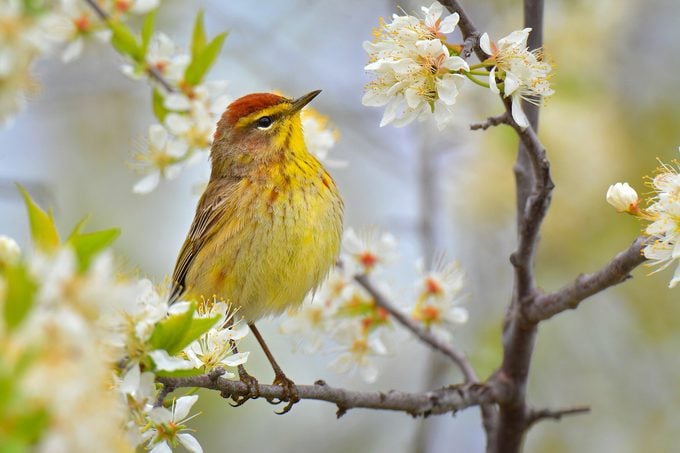
Seasonality is a strange thing. Those of us who live far from the equator integrate the seasons into our lives quite naturally. We are always aware of the change of the seasons—the shifts in light and temperature, the changes in the trees, flowers and crops in our gardens. For a bird watcher, these changes are even more dramatic, as each season brings its regular species, highlights and, yes, even periods of the doldrums. Birds adjust not only their plumage, behavior and food based on the seasons, but they also make mind-bending migrations across continents and oceans in response to them. These movements and behaviors add a dimension to the year-round changes for those of us who watch birds. Each season bring something new, something different, something that demands that we sit up and pay attention.
Birdwatching for beginners: Learn how to start birding.
Watching Birds in Winter
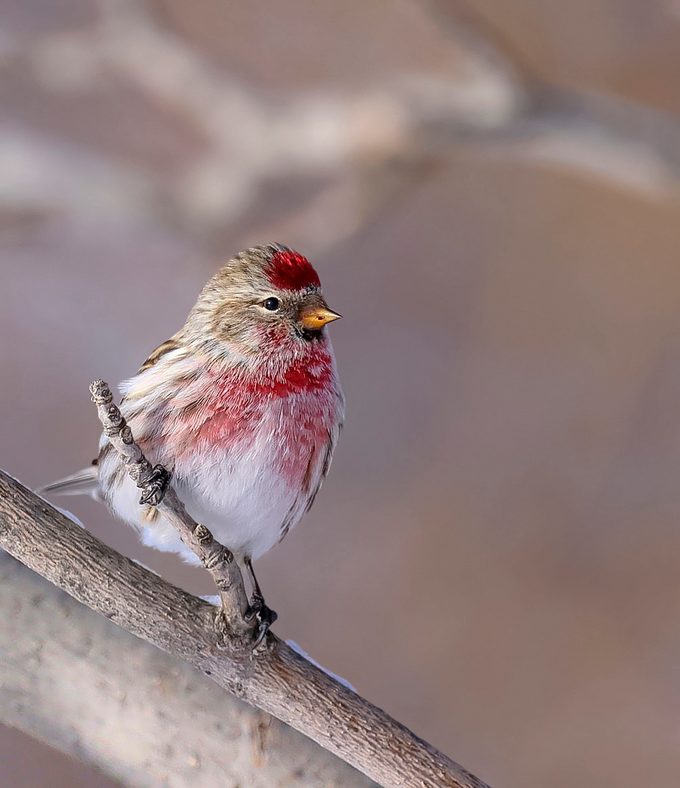
Winter can seem dark, cold and lifeless for a bird watcher. Those of us who live in the northern part of the country (very far north in my case of Fairbanks, Alaska) are accustomed to snow, frigid temperatures and a landscape that can seem void of any living thing. From a winter birding perspective it can be monotonous. Common feeder birds flit in and out, the same few species, day in and day out. We long for the days of spring and summer.
But then, during one of our periodic glances out the window, something different appears. A pine grosbeak, perhaps, a northern shrike or a red-breasted nuthatch. The new bird flies into the branches, scattering a flurry of snow as it lands. The colors and patterns of the new arrival help us forget about the cold, the dark and the monochromatic landscape. We become entranced by the bird at hand.
This is winter birding for me in the interior of Alaska, but a similar story can be told by a bird watcher virtually anywhere. In western Washington state, where I attended college, winter was one of the finest times of year for birding as species from across the North congregated in the wetlands and estuaries. And although there was far more diversity in those wet coastal forests than here in Alaska, one trait remained constant: Things often seemed the same, day after day. Rain there, snow here. The species were usually the same, though there were far more of them. But the rarities and the surprises served to remind me that despite the apparent monotony, things were not always the same after all.
Discover 7 types of finch birds to look for in winter.
Winter Bird Watcher Checklist
- Add an electric deicer to your birdbath, or buy a birdbath with a built-in heater. Birds need water every day, even when it’s cold out.
- Notice robins and bluebirds that stick around in cold and snow. These birds don’t always head south in winter. But their habits may change—they often travel in flocks this time of year.
- Brush snow and ice off your feeders and your flowers, and keep berry bushes clear. Birds are most vulnerable after a snowstorm or ice storm. You can also use part of your cleared driveway for ground feeding, so juncos can easily find their millet.
- Look for irrupters—species that suddenly show up where they’re not usually seen in winter. Flocks of evening grosbeaks, pine siskins, redpolls and crossbills often do this.
Discover 5 foods you should feed birds in winter.
The Joys of Spring Birding
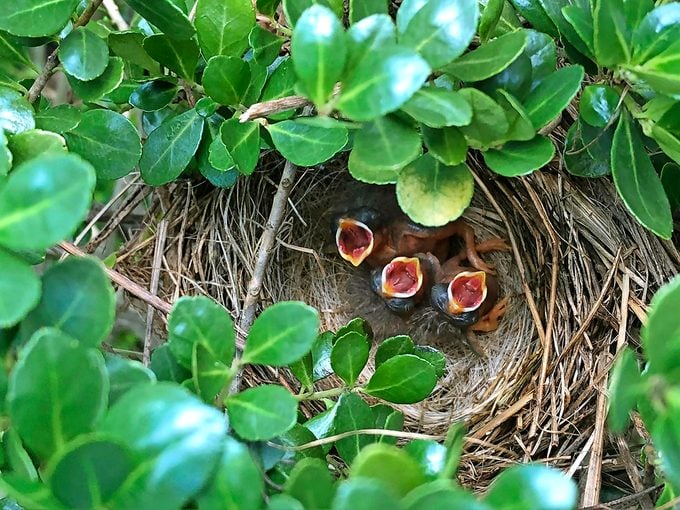
The pleasures of being a bird watcher really come to light during the changes of the seasons. Wherever you live in North America, the appearance of the first migrants is a cause for celebration. It is a sign that winter has lost its grip and the warmth of spring is not far away. Every spring day is a bit like Christmas because there is bound to be a new gift waiting, if one is willing to look for it. In the South, the first signs of spring may not be the arrival of a new species but the sudden absence of the winter residents. Meanwhile, farther north we wait for the arrival of those same species: snow buntings, juncos, longspurs or robins. Spring is a fleeting time of sudden and constant change. It forces our attention, incites the desire to step outside, to listen and to watch.
Spring is also a time of sudden and ephemeral abundance. Weather patterns and migration occasionally coincide to create what are known as “fall-outs.” Like construction on an interstate, bad weather can create a traffic jam of sorts along the migration route. Countless birds can be caught up behind the storms, waiting for their chance to move north once again. This phenomenon is particularly dramatic along the Gulf of Mexico and the Great Lakes, where flocks of migrants sometimes descend from the sky, decorating the shrubs and trees like colorful, living ornaments. Migration, of course, is not always so dramatic. Often it is as simple as backyards, recently silent, newly filled with the sounds of birds. Not all species arrive at the same time. The sparrows are often first, heralding the arrival of others. Birds arrive one species after another until the last wave of wings has flowed north up the continent.
When should you put out hummingbird feeders in spring?
Spring Birding Checklist
- Make sure your birdhouses are ready to go. Bluebirds are among the earliest nesters. They use man-made housing and like it facing open fields. Mount the proper house about 5 feet high on a pole, and keep an eye on it to make sure house sparrows don’t move in. Learn how to make a DIY bluebird house.
- Use cling decals on your windows to keep spring migrants from crashing into the glass. In spring and fall, more birds are on the move, making them more likely to die from run-ins with windows. Learn how to help a bird that flew into a window.
- Remember that not all birdhouses are suited for your favorite fliers. Find our birdhouse guidelines, or check with a local backyard-bird store to find out which houses are suitable for your resident birds.
- Offer birds nesting materials. Put these in a mesh bag or an empty suet cage—the birds will love it.
Get ready for baby birds with tips for bird nesting season.
Summer’s Flurry of Birding Activity
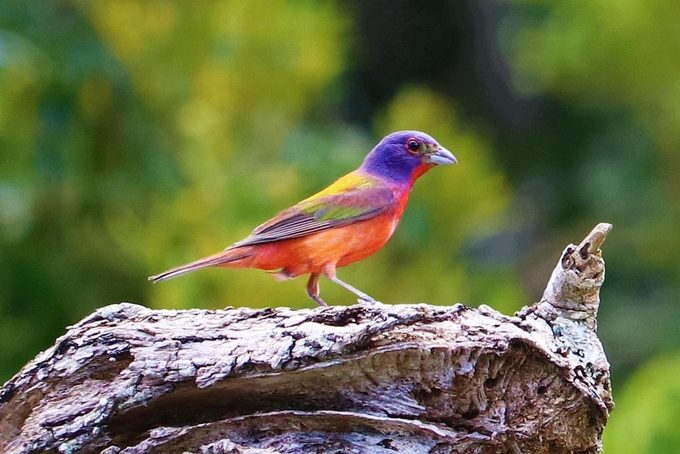
When the blasts of heat arrive with summer, the birds change their tunes. They, like us, settle into a routine. Summer, so different from winter in many respects, surprisingly bears some similarities. It can be a time of apparent stagnation. But, unlike the cold months, it is the stagnation of a tropical lake. Still, yes, but filled with expanding life as nests are constructed, eggs laid and hatched, nestlings fed and eventually fledged. The species may not change all that much, but the birds are boisterous and multiplying.
The mottled browns and streaky plumage of the first juvenile sparrows challenge the identification skills of the most astute birder. Then as observers get a grasp on the sparrows, fledgling warblers and flycatchers appear, and the challenge begins anew. Confusing us more, adult birds look worn and tattered, like the tired parents they are, and seem to sulk in the brush, exhausted. Watching birds at this time is challenging and exciting. For a few weeks in July and August the trees are again filled, as fledglings disperse and adults start to fuel up for the molt into their winter plumage and the migration to follow.
Discover 9 easy tips for feeding birds in summer.
Summer Bird Watcher Checklist
- Learn how to tell if you’re seeing a juvenile bird. By the time young birds leave the nest, they’re almost as big as their parents. So watch for clues—such as youngsters flapping their wings begging for food or looking rumpled as their feathers grow in.
- Go on a nest hunt. See if you can spot a few nests hidden in the trees and shrubs.
- Don’t assume young birds on the ground have been abandoned. In most cases, they don’t need our help at all. They’ve probably just left the nest, and the parents aren’t far away.
- Keep an eye out for warblers and other fliers as they begin to head south for winter. Migration isn’t just a fall phenomenon. It starts in late summer.
- Remember that not all birds will be in their typical spring plumage. Challenge yourself to identify the mystery fliers you see.
Meet the Vireo bird family: sweet summer singers.
Watching Birds During Fall Migration
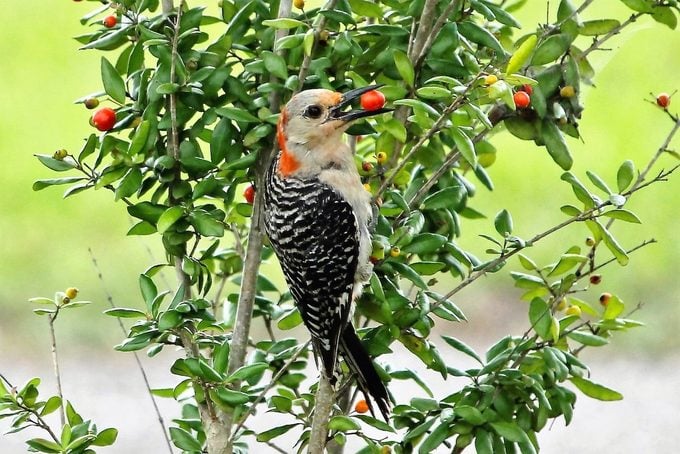
One day in September a species or two goes missing. Like a party-goer who attends out of politeness or obligation, the last species to arrive is often the first to leave. Here in Alaska, the alder flycatcher, a species that spends only around 6 weeks on the breeding grounds, is the first to flee the North and start its journey to the far southern portion of South America. Soon another summer bird species follows, then another and another. By early September, in my neck of the woods, there is a veritable flurry of fluttering wings as one after another the migrants pick up and fly south, the first tendrils of winter brushing their retreating tails. As winter again grabs control of the landscape, left behind is a small cluster of resident birds breathing a sigh of relief as they reclaim the forests, fields and backyard feeders as their own.
Discover the top 5 birding hotspots for fall migration.
Fall Bird Watcher Checklist
- Don’t forget to look for goldfinches. Even though they lose their familiar gold coloring in fall and winter, they’re still out there looking for seed like thistle.
- Watch for flickers eating ants and towhees searching for decaying matter before the ground freezes.
- Pay close attention to juncos. Their arrival in fall marks the transition from warm to cool weather. Dark-eyed juncos have white bellies, which you rarely see because they eat on the ground. Try to glimpse a flash of pure white before they fly away.
- Keep track of your backyard visitors by writing them down. You can track patterns and behavior. Birds are creatures of habit. Next fall, you’ll have an even better idea of what you’ll see and when you’ll see it.
Check out the 9 best fall bird feeding tips.
